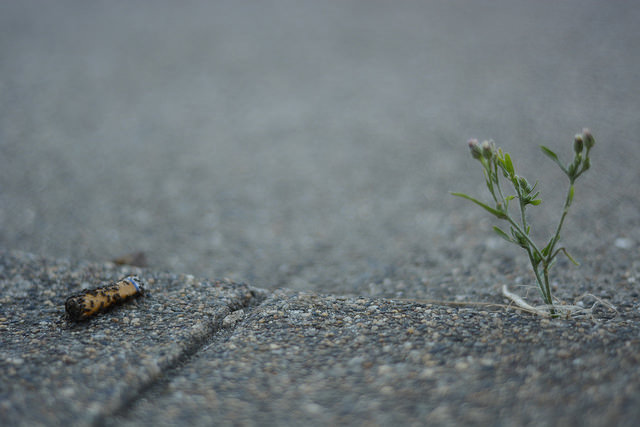It’s getting hot in here
October 7, 2014
New research suggests that we are the California drought’s biggest culprit. We can’t deny climate change anymore. When it is 90 degrees in October, in a region most known for its temperate climate, the climate has obviously changed. Some of this change is natural, as the earth goes through cycles just like all living things. But the accelerated rate of this change should alarm you.
According to climate reports, 2014 has been the hottest year in recorded history.
Early this year while California was experiencing a pretty warm spring, a “polar vortex” was sweeping across the country from the Midwest to the East coast. This extreme weather is just one example of how the climate is changing.
If that doesn’t scare you, this might – scientists from Stanford University released a study on September 30, 2014, in the Bulletin of the American Meteorological Society, saying the reason why storms tend to move away from California, is because the green house gases that are emitted create a wall that pushes them away from us.
It is surprising that one of the most eco-friendly states would have such a problem. While regionally the Bay Area works hard to create a sustainable environment, the whole state has yet to get on board.
In July the California State Water Resource Control Board released a map of the water usage in the different regions of the state.
While the North Coast, San Francisco Bay, and Sacramento River regions all reduced usage by rates ranging from five to 13 percent, the South Coast Region (Los Angeles, Riverside, San Diego etc.) raised its water usage by eight percent. And North Lahontan((Tahoe, Truckee, Lancaster etc.) had its own increase of five percent.
So although most regions are taking the drought seriously, increased consumption by others has raised the entire state’s water usage by one percent.
While there are still people who deny that there is global warming, you can’t deny that our climate has severely changed for the worse.
What you can do is simple; make better choices.
Reduce your water usage; take shorter showers, don’t water your lawn or drain your pool.
Reduce your carbon emissions when possible; carpool, ride your bike, take public transportation.
College students have the power to drive changes in the way our policy makers view climate and eventually set a course of action for limiting our impact on the environment.
So take the initiative and care about your world. Because we only get one.







































































